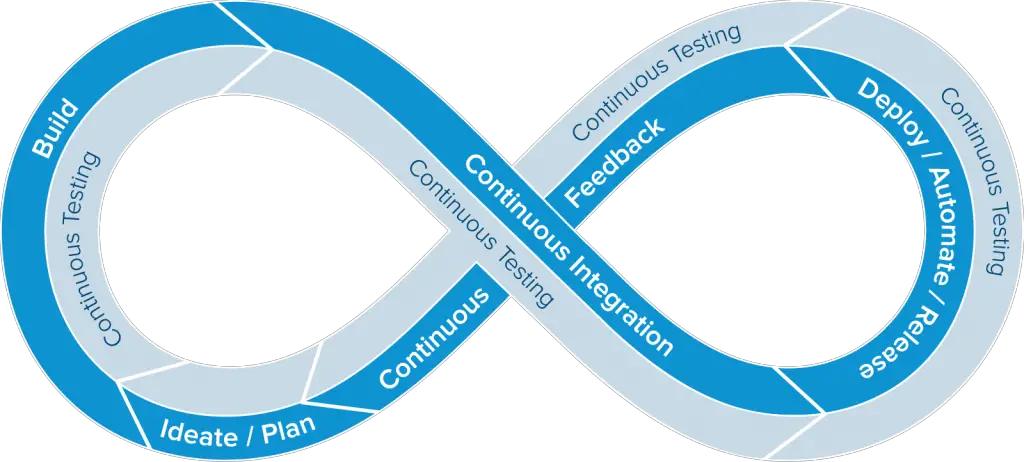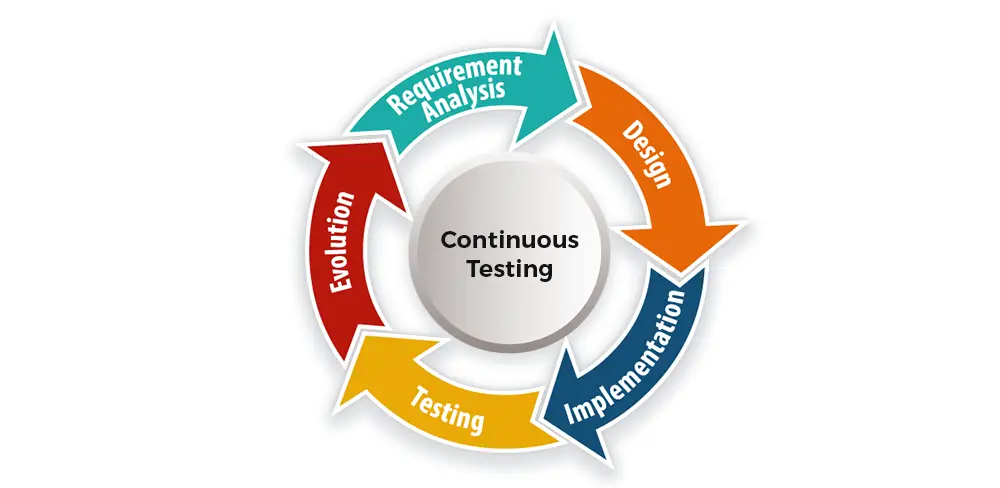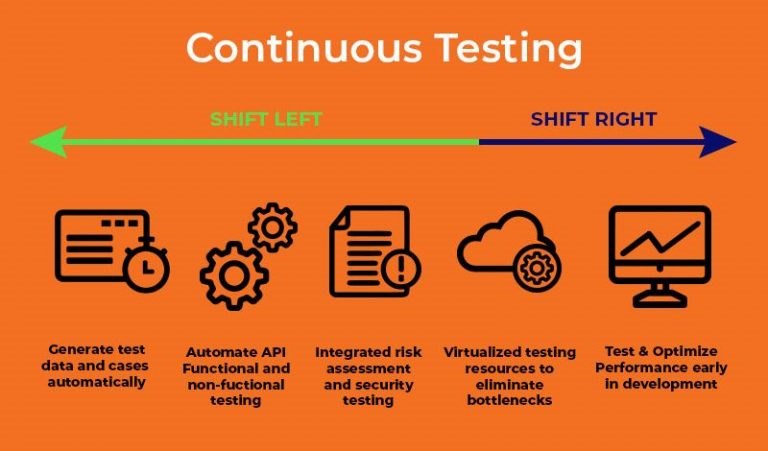Continuous Testing Troubles: Implementing Effective Automated Testing Strategies

Executive Summary

Continuous testing is a critical aspect of modern software development, ensuring the delivery of high-quality applications while reducing testing time and cost. However, implementing effective automated testing strategies can be challenging. This article provides a comprehensive guide to overcoming these troubles, addressing common roadblocks and offering practical solutions for successful continuous testing practices.

Introduction
Continuous testing involves ongoing testing throughout the software development lifecycle, enabling early detection of defects, preventing bugs from reaching production, and facilitating faster releases. However, transitioning to continuous testing often encounters obstacles, such as inadequate testing tools, ineffective automation strategies, and lack of skilled resources. By understanding the key subtopics of continuous testing and employing effective strategies, organizations can overcome these challenges and reap the benefits of efficient, automated testing.
Frequently Asked Questions (FAQs)
Q: Why is continuous testing important?
A: Continuous testing ensures the delivery of bug-free and high-quality software, reducing development costs, enabling rapid releases, and improving team productivity.
Q: What are the challenges of continuous testing?
A: Common challenges include testing tool limitations, selecting effective automation strategies, managing test environments, integrating testing into DevOps pipelines, and training and upskilling testing teams.
Q: How can we implement effective automated testing strategies?
A: Embracing Agile principles, choosing the right testing tools, optimizing test case design, utilizing test data management strategies, and leveraging AI and Machine Learning for test automation can enhance efficiency and effectiveness.
Key Subtopics of Continuous Testing
Test Tool Limitations
Challenges:
- Outdated or incompatible testing tools
- Inability to support a wide range of testing requirements
- Lack of comprehensive testing coverage
Solutions:
- Evaluate and select tools that align with specific testing needs
- Implement modular and extensible testing frameworks
- Leverage tools that support various testing techniques
Ineffective Automation Strategies
Challenges:
- Poorly designed test cases
- Overlapping and redundant tests
- Lack of maintenance and test updates
Solutions:
- Design automated test cases using effective testing techniques
- Utilize code-driven testing approaches and maintainability best practices
- Implement regular test maintenance and updates to ensure automation efficiency
Test Environment Management
Challenges:
- Provisioning and managing multiple test environments
- Ensuring consistent and reliable testing infrastructure
- Handling database and data setup
Solutions:
- Automate test environment provisioning and management
- Utilize virtualization and cloud-based testing platforms
- Implement standardized data setup and teardown procedures
DevOps Integration
Challenges:
- Integrating testing into Continuous Integration/Continuous Delivery (CI/CD) pipelines
- Enabling seamless collaboration between development and testing teams
- Managing test dependencies and scheduling
Solutions:
- Use CI/CD platforms that support automated testing
- Establish clear communication channels and shared testing resources
- Utilize automated scheduling and dependency management tools
Resource Limitations
Challenges:
- Lack of skilled testing professionals
- Inadequate training and upskilling opportunities
- Limited testing resources
Solutions:
- Invest in training and upskilling testing teams in automation techniques
- Explore outsourcing or nearshoring testing initiatives
- Leverage AI and Machine Learning for improved automation and efficiency
Conclusion
Implementing effective automated testing strategies is crucial for organizations to reap the benefits of continuous testing. Addressing key challenges and adopting proven solutions enables organizations to overcome obstacles, enhance testing efficiency, and deliver high-quality software faster and more reliably. By embracing continuous testing, organizations can gain a competitive advantage, reduce development costs, and improve customer satisfaction.
Keyword Tags
- Continuous Testing
- Automated Testing
- DevOps
- Test Environment Management
- Resource Optimization


